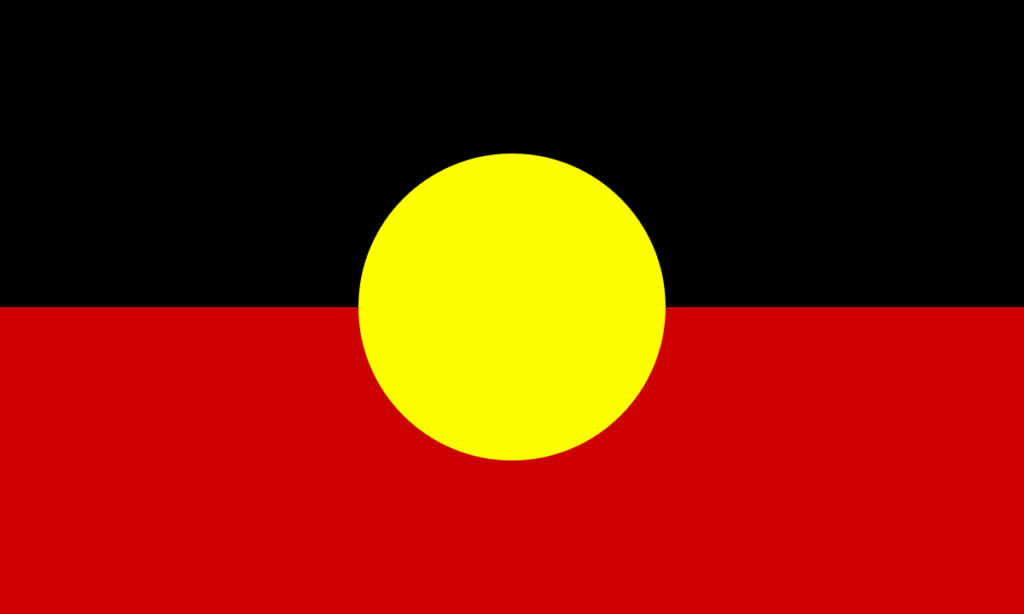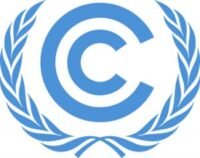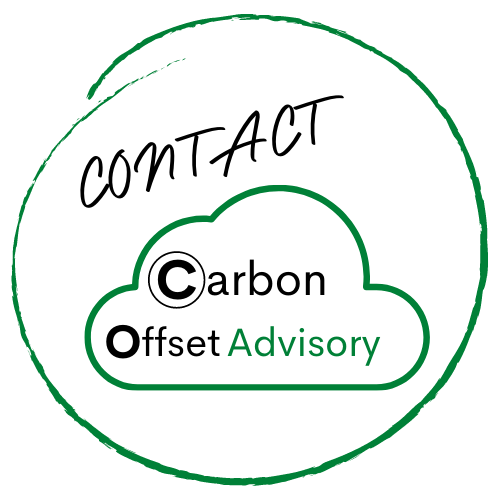CARBON CREDIT STANDARDS
CORSIA
In October 2016, the International Civil Aviation Organization developed a global market-based measure for aviation emissions. Known as the Carbon Offsetting and Reduction Scheme for International Aviation (CORSIA). Aviation emissions from international flights are not included in the United Nations Framework Convention on Climate Change. These emissions have been dealt with by the International Civil Aviation Organization (ICAO).
Read More
CORSIA is a global offsetting program, where airlines and aircraft operators will offset any growth in CO2 emissions above 2020 levels. This means that aviation’s net CO2 emissions will not rise above 2020 levels. In the meantime, emissions reduction improvements from technology, sustainable aviation fuel, operations and infrastructure are developed.
CORSIA will offset around 165 million tonnes per year from 2021 to 2035.
ICAO has determined six carbon-offsetting programs and emissions units eligible for CORSIA’s 2021-2023 pilot phase.
- American Carbon Registry
- China Greenhouse Gas (GHG)
- Voluntary Emission Reduction Program
- Clean Development Mechanism (CDM)
- Climate Action Reserve
- The Gold Standard
- Verified Carbon Standard
Candidate carbon offsetting projects are evaluated to whether they satisfy the eight CORSIA Emissions Unit Eligibility Criteria (EUCs), these are.
- Permanence: Carbon offset credits must represent emissions reductions, avoidance, or carbon sequestration that are permanent.
- Additionality: Carbon offset programs must generate units that represent emissions reductions, avoidance, or removals that are additional to removals required by law.
- Avoidance of double counting: Measures must be in place to avoid double issuance, double use, and double claiming.
- Monitoring and verification: Emissions reduction is calculated in a conservative and transparent manner by an accredited independent entity.
- Public disclosure of sustainable development: programs should list the criteria used regarding alignment with the SDGs.
Projects that comply with the CORSIA evaluation framework can carry the CORSIA logo and are certified suitable for aviation carbon offsetting compliance.
Read Less

American Carbon Registry
The American Carbon Registry (ACR), a nonprofit enterprise of Winrock International, was founded in 1996 as the first private voluntary greenhouse gas registry in the world. A mission-driven institution named for philanthropist Winthrop Rockefeller, Winrock believes that climate change will have a profound impact on the poorest populations around the world and that markets are the most effective path to mobilize actions to reduce emissions.
Read More
Winrock operates ACR to create confidence in the environmental and scientific integrity of carbon offsets in order to accelerate transformational emission reduction actions. As a pioneer in harnessing the power of markets to improve the environment, ACR has set the bar for offset quality that is the market standard today and continues to lead market innovations.
In both the voluntary carbon market and California’s regulated carbon market, ACR oversees the registration and verification of carbon offset projects following approved carbon accounting methodologies or protocols and issues offsets on a transparent registry system. Each offset represents the reduction or removal from the atmosphere equivalent to one metric tonne of carbon dioxide. The offsets products are specific to ACR’s distinct operations in the California compliance market and the global voluntary carbon market.
Read Less
Gold Standard
Gold Standard was established in 2003 by WWF and other international NGOs to ensure projects that reduced carbon emissions featured the highest levels of environmental integrity and also contributed to sustainable development. With the adoption of the Paris Climate Agreement and the Sustainable Development Goals, we launched a best practice standard for climate and sustainable development interventions
Gold Standard was founded on the principle that climate action cannot be one-dimensional – climate projects must deliver meaningful sustainable development benefits beyond emission reductions. It has influenced both the UN’s Clean Development Mechanism (CDM) and other voluntary standards to raise the bar and include sustainable development within some climate projects.
Verified Carbon Standard
Verra was founded in 2005 by environmental and business leaders who saw the need for greater quality assurance in voluntary carbon markets. We now serve as a secretariat for the various standards we develop and programs we manage, as well as an incubator of new ideas that can generate meaningful environmental and social value at scale.
Read More
Verra is a global leader helping to tackle the world’s most intractable environmental and social challenges. Verra’s global standards and frameworks serve as linchpins for channeling finance towards high-impact activities that tackle some of the most pressing environmental issues of our day.
Read Less
China GHG
In 2007, the Greenhouse Gas (GHG) Protocol team launched an initiative to develop GHG standards and tools and pursue capacity building in China. This was a major step forward in China’s ability to measure, and therefore manage, its greenhouse gas emissions. GHG Protocol is now working with local and international partners to develop a further suite of tools suitable for use in China.
Read More
The team is conducting on-the-ground research within key industrial sectors, conducting city-level GHG accounting, and aiding the development of GHG management programs. Partnering with businesses, research institutes, universities, associations and local governments and agencies. It is working to disseminate and implement GHG Protocol standards and tools to inform the design of effective programs and policies to combat climate change.
Read Less
Climate Action Reserve
Climate Action Reserve is committed to solving climate change through emissions accounting and reduction. It was created by the State of California in 2001 to promote and protect businesses’ early actions to manage and reduce their greenhouse gas (GHG) emissions. Through this mandate, the California Registry established protocols to guide emissions inventories and an online tool, the Climate Action Registry Reporting Tool (CARROT), to serve as a central database for emissions reports.
Read More
The California Registry started with 23 Charter Members, and this membership grew to include over 350 leading corporations, universities, cities and counties, government agencies and environmental organizations. Each of these members committed to voluntarily calculate and publicly report its GHG emissions according to the California Registry’s standards. Together, the California Registry and its members influenced California climate change policy, such as Assembly Bill 32 (AB 32), and worked to ensure proper recognition from the state for early actions to reduce emissions.
The Climate Action Reserve is approved to serve as an Offset Project Registry (OPR) for the Compliance Offset Program under California’s Cap-and-Trade Program. As an Offset Project Registry, the Reserve lists offset projects, collects project reporting documentation, facilitates verification, and issues Registry Offset Credits (ROCs) for offset projects being implemented using an Air Resources Board (ARB) Compliance Offset Protocol.
The Reserve has also been approved to serve as an Early Action Offset Program. In this role, the Reserve can issue Early Action Offset Credits for greenhouse gas (GHG) reductions and removal enhancements that meet the requirements of the Cap-and-Trade Regulation.
Read Less
Clean Development Mechanism
The CDM mechanism was established by the United Nations and is seen by many as a trailblazer. It is the first global, environmental investment and credit scheme of its kind, providing a standardised emissions offset instrument, CERs. The CDM allows emission-reduction projects in developing countries to earn certified emission reduction (CER) credits, each equivalent to one tonne of CO2.
Operational since the beginning of 2006, the mechanism has already registered more than 1,650 projects and is anticipated to produce CERs amounting to more than 2.9 billion tonnes of CO2 equivalent in the first commitment period of the Kyoto Protocol, 2008–2012.
Read More
These CERs can be traded and sold to industrialised countries so they can meet a part of their emission reduction targets under the Kyoto Protocol.
The mechanism stimulates sustainable development and emission reductions, while giving industrialised countries some flexibility in how they meet their emission reduction limitation targets.
The CDM is the main source of income for the UNFCCC Adaptation Fund, which was established to finance adaptation projects and programs in developing countries that are particularly vulnerable to the adverse effects of climate change. The Adaptation Fund is financed by a 2% levy on CERs issued by the CDM.
A CDM project activity might involve, for example, a rural electrification project using solar panels or the installation of more energy-efficient boilers.
Read Less
Voluntary Emissions Reductions
Voluntary emission reductions are reductions that are not mandated by any law or regulation but originate from an organisation’s desire to take active part in climate change mitigation efforts.
Through these schemes, industries and individuals voluntarily compensate for their emissions or provide an additional contribution to mitigating climate change.
VERs may be developed and calculated in compliance with one of several VER standards. These set out rules defining how emission reductions are measured. Standards provide assurance for buyers of VERs. Verified Emission Reductions are usually certified through a voluntary certification process.

Carbon Offset Advisory acknowledges the traditional owners and custodians of country throughout Australia and acknowledges their continuing connection to land, water and community.
We pay our respects to the people, the cultures and the elders past, present and emerging.








